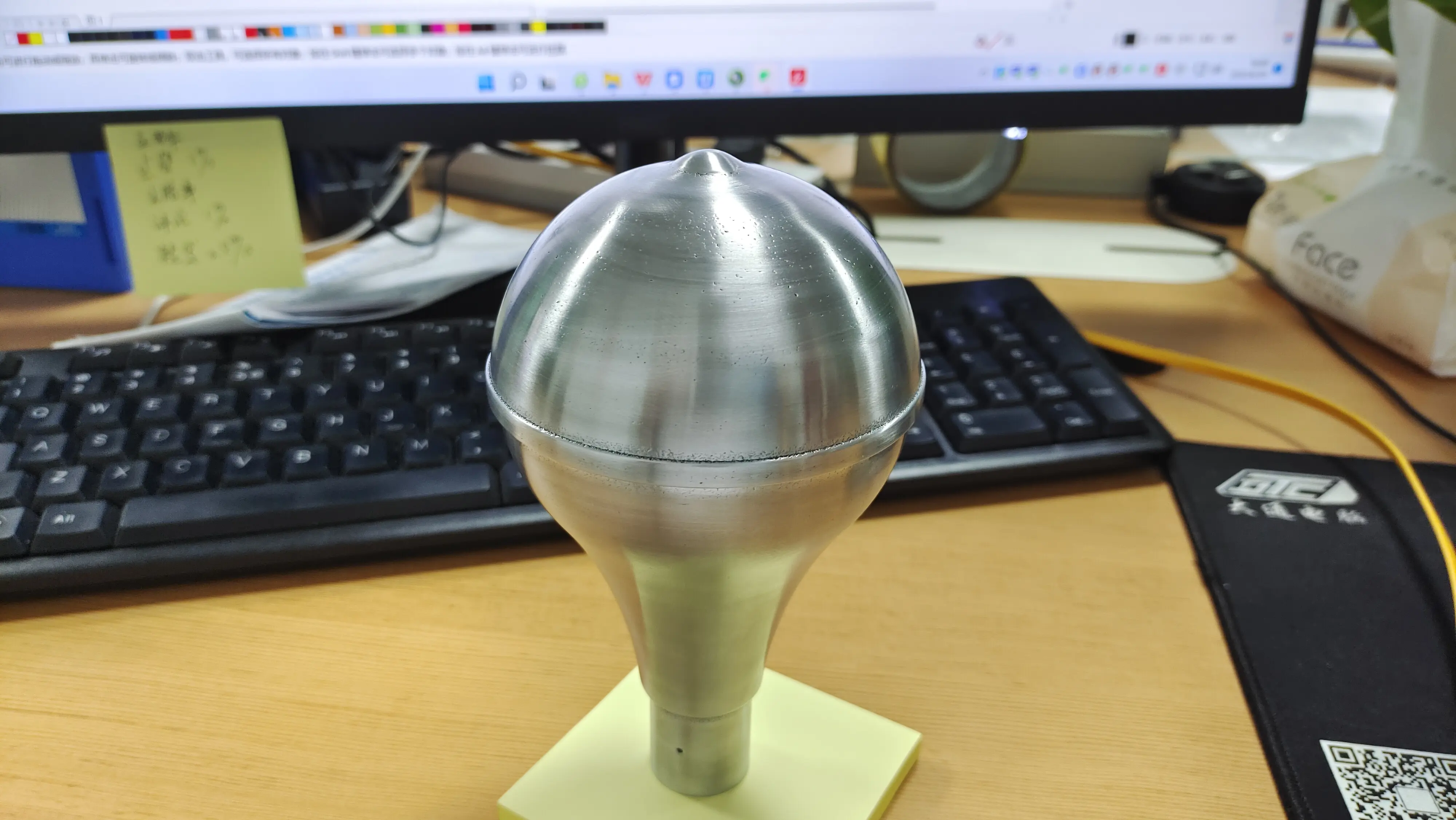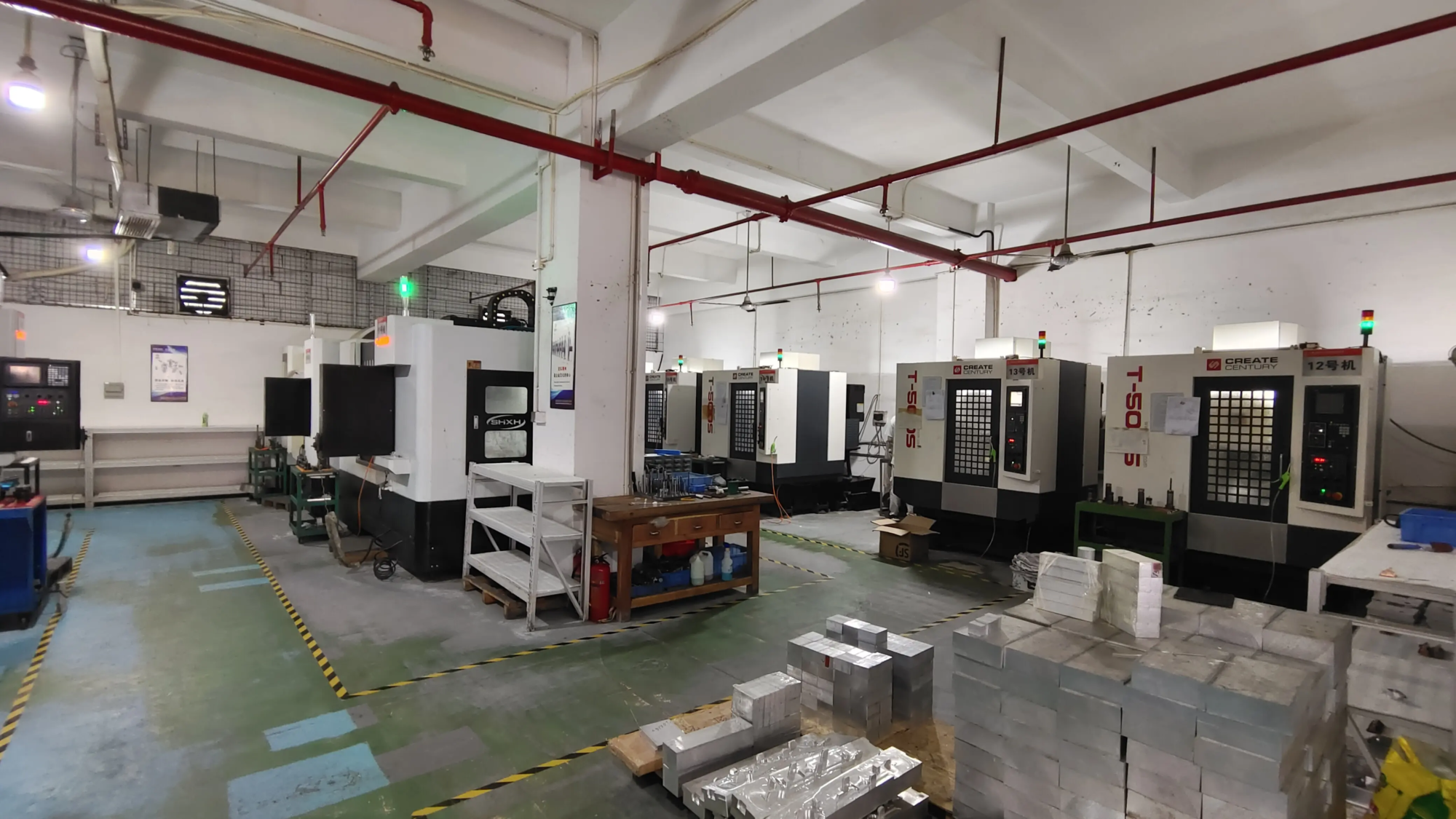When Dreams Get Wet: Browse the Maze of 3D Printing Nightmare
The promise of 3D printing is tempting: transforming digital dreams into tangible reality by pressing a button. Designers, engineers and manufacturers revel in the freedom they offer. But lurking under the surface of this technological miracle is terrible 3D printing nightmare – Those frustrating, time-consuming and expensive failures can turn excitement into angry failures. If you’ve already fought a twisted masterpiece, which is a spaghetti monster that spurts out of the nozzle, or a part of the cracked interior like a crashed cookie, you’re not alone. Let’s light up these common demons, and it’s crucial how they are skillfully deported in a professional environment like Greatlight.
Horror Gallery: Common 3D Printing Fiascos
Twisted Wasteland: Perhaps the most notorious nemesis. Imagine, carefully designed, mostly stripped of its own build board, with corners curling upward like a desolate landscape. this Warp Internal stresses occur due to uneven cooling and pulling plastic or metal apart. It’s a heartbreaking person, especially with expensive materials or long printing times. Causes include poor bed adhesion, incorrect temperature settings (bed and/or nozzle), dry environments or insufficient cooling strategies.
- Professional Counterattack: In Greatlight, conquering warp is basic. Our advanced industrial SLM (Selective Laser Melting) printers for metals utilize tightly controlled heating chambers and optimized thermal management systems to ensure uniform cooling. Strict material-specific process parameterization, combined with expert bed surface preparation and adhesion techniques, actually eliminates this threat.
Layer Line Lament – Move and Split: Your print starts perfect, but the layer suddenly misses – it tilts or cleans like a Pisa tower. Layer movement Often due to mechanical problems (loose belts, pulleys or stepper motors), and Layer separation Impressed by low nozzle temperature, high printing speed, poor material quality or insufficient layer adhesion caused by insufficient fusion during sintering/melting.
- Professional defense: Accuracy is crucial. We maintain cutting-edge SLM printers with military-level diligence to ensure all mechanical components operate with peak accuracy. For polymers and metals, our process engineers carefully calibrate laser power, scanning speed and hatching modes to achieve complete particle or layer fusion, ensuring overall intensity and dimensional fidelity.
The ghosts and the calamity of blockage: Exquisite features? forget it. Instead, your parts are similar to spider webs string Between individual elements. This happens when molten substance seeps out of the nozzle during travel. On the contrary, terrible block Put everything in trouble. This can be triggered by degraded material (usually from overheating), contaminated filaments, incorrect retraction settings, or particles stuck in the nozzle.
- Professional precision control: Our environment is controlled by pollution and the materials are strictly processed and stored. For SLM metal printing, an inert atmosphere prevents oxidation problems that can lead to defects. Our process involves complex parameter adjustments to minimize thermal exposure extremes and ensure cleaning material flow. Advanced nozzle design and monitoring systems emit clogs before they occur in polymer systems.
Support structural suffering: Support is the sacrifice of auxiliary tools, not the component of the final design. However, when they are irrevocably fused with the model, they cannot be removed without damaging the surface, or failure in printing leads to collapse, peak frustration. Support for improper settings (density, interface layer) and orientation are the usual culprits.
- Professional post-processing capabilities: This is where Greatlight’s integrated one-stop service really shines. Our expertise in both Generate the best support policy (Use advanced software for minimal contact and easy removal) and Specialized post-processing technology Very important. We take a range of methods – from careful manual removal to precise abrasive blasting (for metals), chemical smoothing and machining – to allow your parts to be released perfectly while retaining intricate details.
- The legend of fake surface (elephant’s feet, ringing, not arranged enough): The parts may be size-accurate, but they don’t look professional. Elephant’s feet (Extrude the first layer), Ringtone/Ghost (From vibrating surface ripples) and Inadequate sorting (gap, weakness) Plague surface quality and strength. Causes range from incorrect z-offset and loose mechanics to insufficient flow rate and wear components.
- Professional Polish with perfection: Advanced printer calibration, vibration damping and real-time process monitoring ensure dimensional accuracy and surface consistency of the first layer. Crucially, our comprehensiveness Post-processing and completion of services Keep the parts well beyond the original print. We provide CNC machining for precise tolerance control, polishing, grinding, tumbling, bead blasting, heat treatment (for metal), painting, electroplating and more. We transform rough prints into production-readable, aesthetically superior components.
Beyond Plastics: Metal Printing Mines Area
Metal 3D printing (especially SLM, Greatlight’s Specialty) introduces its own set of high-risk nightmares:
- Internal pores and cracks: The gaps or cracks hidden in the parts create structural integrity. Causes include inclusion of gases, insufficient laser penetration or internal stresses caused by rapid cooling.
- Residual stress and distortion: Similar to warping, but can be more severe and harder to predict in complex metal geometries.
- Inconsistent material properties: Changes in melting and solidification can lead to unacceptable differences in grain structure or hardness.
- Professional SLM mastery: Greglight can solve these problems head-on. Our deep metallurgical expertise qualifies precise parameter optimization, high-purity inert gas environments, controlled layer-by-layer scanning strategies, and stress-swap heat treatment as standards. Strict non-destructive testing (NDT) such as CT scans can be used to verify internal integrity.
Conclusion: Cooperate in the Nightmare Zone
3D printing nightmare is real. They eat budgets, break timelines and test sanity. While amateurs may fight these demons through trial and error, businesses simply cannot afford the risk. Here, work with experienced, technologically advanced, vertically integrated rapid prototype manufacturers Great Not only becomes a convenience, but also a strategic necessity.
We have high-end equipment (standard-of-the-art industrial SLM printers), deep materials science and process engineering expertise, and comprehensive post-processing capabilities for professional browsing 3D printed mazes. We anticipate potential failure modes, implement strong prevention strategies during the build process, and leverage our extensive completion services to deliver not only printed parts, but also professionally achieve the highest standards of accuracy, functionality and aesthetics.
Stop fighting printing nightmare. Let Greatlight shed light on the path to perfect rapid prototypes and production of parts.
FAQ: Conquer your 3D printing fears
Q: What is the biggest reason for 3D printing failure?
- one: There is no reason, but it’s bad Bed adhesion Triggering warping, layer movement or catastrophic disengagement is a very common major point of failure. Material handling and parameter consistency Run immediately for one second.
Q: Why are my metal 3D printed parts cracking? Is it the material?
- one: Cracking may originate from various sources: Inherited Residual stress During rapid cooling process specific to metal AM, internal Porosity Weak structure, pollute (e.g. oxygen causes reciprocity), even mild Inconsistent powder melting. Professional services can greatly reduce this by controlling the atmosphere, carefully adjusting laser parameters, using powder management systems and applying treatments for stress delays.
Q: Support the part that hurts me? How can I prevent it?
- one: Absolutely. The support may leave blemishes, breaking subtle features during removal, or blending permanently. Prevention in it Optimized support for design (minimum contact point, correct interface layer) and use Specialized post-processing technology. Professional manufacturers like Greatlight are excellent in designing effective support and adopting targeted finishing methods (processing, blasting) for damage-free removal and perfect surfaces.
Q: Are 3D printed parts inevitably surface defects?
- one: When all printing processes leave some texture signatures ("Layer line" On FDM, slight roughness on metal SLM), Professional finishing is almost always crucial for functional or aesthetic parts. Services such as CNC machining, precision grinding, polishing, bead blasting and vapor smoothing can achieve mirror finishes or engineered surface textures that go far beyond the original print. We consider it an indispensable post-processing component of the AM workflow.
Q: Why choose a professional service like Greatlight instead of internal printing for functional prototypes or production parts?
- one: Reliability, quality, capability, expertise, cost-effectiveness (especially metal):
- Avoid expensive errors: Expert process control minimizes material waste and expensive printing failures.
- Access to superior technology: Use advanced industrial machines (such as high power SLM) within the hobby range.
- Guaranteed material and mechanical properties: Professional handling and handling ensures consistent, reliable material behavior.
- Achieve higher quality finishes: Comprehensive post-processing expertise provides ready-made parts.
- Effective scale: Handle complex construction, large volumes and various material requirements.
- Focus on your core business: Free up your internal resources for design and engineering.
- Q: What materials can be used for highlights?
- one: GRESTLIGHT specialized research Metal material (e.g., stainless steel, titanium alloy, aluminum alloy, nickel alloy (e.g., inconel, tool steels) use our advanced SLM technology. We also process a variety of polymer materials for rapid prototyping. Most materials can be Customized and processed. Please contact you for your specific material requirements.
Escape the cycle of 3D printing nightmare. Work with Greatlight Solutions – from rapid prototyping to final production completion. [Contact Us Today to Discuss Your Project].





